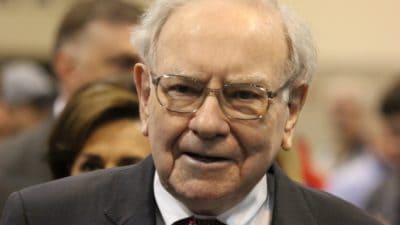Nobody has a better insight into the future prospects of a company than its top directors. If directors are buying their company’s stock, they’re confident about the future.
Could an investment strategy that follows director trading patterns help you outperform the FTSE 100? Quite possibly. According to research from Stockopedia, a simple investment strategy that buys stocks after director purchases can beat the market by 5% to 10% per year.
Interested in learning more about how to follow the smart money? Here’s what you need to know.
Buys are more important than sells
Investors often panic when they learn that a key director has sold shares in a stock they own. Yet director sales are not always a cause for concern as many sales are often for personal reasons. For example, a director might offload £1m worth of shares in order to buy a larger house.
On the other hand, if a director is buying shares, it can really only mean one thing — the individual expects the stock’s price to rise and is hoping to make a profit. So pay more attention to director purchases than sales.
Buying intensity is the key
One of the most important things to look for when analysing director trades is a pattern of multiple director purchases. Buying intensity is the key here. In other words, if one director has recently purchased shares in the company, it may not be a big deal. However, if eight directors have all bought stock in the last month, it’s time to take note.
Also, look at the size of the trades. A director purchase worth £2m has significantly more weight as a trading signal than a director purchase worth £20,000. So, look out for cluster buying where multiple directors are buying large amounts of stock.
CEO/CFO trades are the most valuable
“Particular note should be taken of buying by the chief executive and finance director. They ought to know exactly what is happening within the business and it is always encouraging to see them put their money where their mouth is,” says Jim Slater, author of The Zulu Principle.
Out of all a company’s directors, those at the very top should, in theory, have the largest information advantage. Therefore, when looking at director trades, it makes sense to pay particular attention to CEO and CFO trades. These directors should have the best insight into a company’s prospects and if they are buying stock it’s a positive signal.
Timing is critical
Lastly, it pays to act quickly when following director purchases. Stockopedia found that while insider trades have shown to be profitable signals for the first nine months after they are disclosed, on average, half the gains are made in the first two months and a quarter of the gains are made in the first 10 days. So, if you see a buying pattern that looks interesting, be sure to act quickly.
Of course, there’s no guarantee that by following director purchases you’ll be able to outperform the FTSE 100. However, the strategy is certainly something to keep in mind if you’re looking for strong long-term returns from the stock market.







